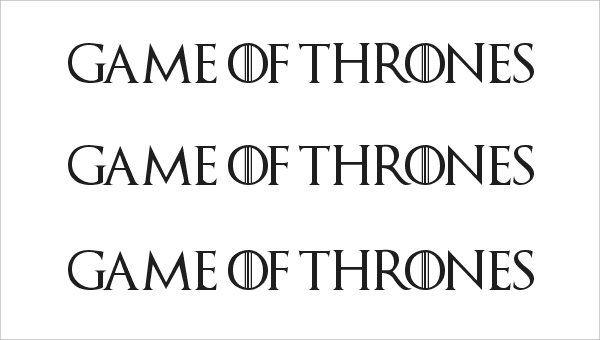

I don’t know of any examples of ‘monumental’ inscriptions, for example the sort that might be written on large pieces of stone and displayed in public. Both these kinds of writing are on what we could call ‘perishable’ materials. Short messages are also frequently written on small, sealed scrolls to be sent by raven. the western continent, where the Starks, Lannisters, et al live) is in bound books, which we know can be collected in libraries we have seen a library at Castle Black, for instance, as well as the huge one at the Citadel in Oldtown.

Most of the writing we see in Westeros (i.e. I hope these thoughts on various aspects of writing and literacy, drawn from my watching of Game of Thrones over the last few years, will prove interesting! This post, however, is going to focus not on languages specifically but on writing. They employed a linguist, David J Peterson (see more HERE), to develop George R R Martin’s hints into fully fledged, constructed languages that could be used in the show with subtitles to show us what the characters are saying. The show, made by HBO under the direction of David Benioff and D B Weiss (see the official website), takes the languages of Essos a great deal further. But for the most part the books only signal the existence of the languages without giving any details. Probably most famous is valar morghulis, meaning “all men must die” in High Valyrian. ones other than the ‘Common Tongue’, represented by English in the show). In the books, very occasionally a word or short phrase appears from one of the other languages (i.e. The novels in the A Song of Ice and Fire series by George R R Martin give lots of hints at linguistic diversity in both Westeros and Essos. NB This post contains NO SPOILERS FOR SEASON 7! Please note also that copyright for the books belongs to George R R Martin, for the show to HBO and for the created languages to David J Peterson. With the new season of Game of Thrones starting, I have been thinking about writing and literacy in the world of the show.


 0 kommentar(er)
0 kommentar(er)
